|
It is great to be back into my sunrise season after my summer break doing bird photography, although so far the weather hasn't been playing very nicely and I have only managed to get a couple of good morning out so far. Even after a lifetime of living in Thanet and taking seascapes down at the bays at the bottom of my road, it never ceases to amaze me how much things change each visit and I always seem to fine something to photograph in a unique way I'd not seen before. One of my favourite pictures so far is the one above of the passage between the stack and the cliff at Botany Bay. The passage is usually banked up with sand, but due to the recent storms and high seas we had it has had all the sand washed away allowing the sea water to flood it which has made it look much bigger as if it is a gorge with a river running through it to the sea in the distance. All pictures are available as limited edition prints, contact me for details or visit New Kent Art or Lovelys gallery.
See more of my Thanet seascapes here The ring-necked parakeets population has been increasing steadily, though it remains concentrated in south-east England.
The ring-necked parakeet's native range is a broad belt of arid tropical countryside stretching from west Africa across lowland India south of the Himalayas, where it is a common bird. Despite their tropical origin, parakeets are able to cope with the cold British winters, especially in suburban parks, large gardens, and orchards, where food supply is more reliable. They feed on a wide variety of fruit, berries, nuts, seeds, grain and household scraps. Parakeets are colourful and frequent visitors to bird tables and garden feeders, particularly during the winter months. See my collection of recent parakeet pictures taken from my garden where the parakeets regularly fly over and land in fruit trees in surrounding garden. I love trying to capture these colourful birds in flight, although it isn't easy as they are so erratic flyers. Just like corvids and birds of prey, it seems gulls eat carrion.
One of my cats is a bit of a mouser, unfortunately. When he brings me a dead mouse I no long through the mice in the bin, but decided it might be useful to attract the birds of prey in for photo opportunities and at least the little mouse's life would feed a hungry bird of prey rather than be wasted, so I now put any dead mice on my office roof while I wait for a sparrowhawk or kestrel to spot it. Alas my gulls spot it first and come in and eat the mice. Torvi seems very partial to a dead mouse as a meal. She'll dunk the mouse in her drinking water container and then swallow it whole. When she first did this I was quite amazed in her technique to be able to swallow the mouse and stop it getting stuck in her throat. IMHO they are amazing birds!During the summer months I’ll often see news reports painting gulls as monsters and attacking people which has made me write this blog post. I have studied gull behaviour for many years and think I kind of know them better than most. Gulls are not the monsters they are made out to be, just misunderstood. Gulls are highly intelligent birds and are opportunistic hunters for food which humans see as aggressive or an attack. Most of the fault and problem lies with human behaviour rather than gull behaviour when it comes to feeding them. Some people love the gulls so may feed them, but by doing so causes the gulls behaviour to change. The problem is not actually feeding the gulls, but the way in which humans feed them. People tend to feed gulls by chucking bread or offering food by hand, which is bad practice and causes chaos and gull bad behaviour. By feeding this way gulls soon learn that a human with food in their hand is a free meal and it causes them to swoop down and try to grab food out of a human carrying food. I live in a gull breeding area where many gulls have chicks and I have never had food snatched or been attacked even when chicks are around or if we are eating a meal in the garden. I do not feed my gulls by hand, but rather feed them like I would any other bird - I put food in a bowl which acts like a bird feeder. My resident pair of gulls come down to feed out of the bowl in a very civilised manner just like a sparrow would. My gulls will sit patiently waiting for the bowl to be filled, just like my cats would do. it. My resident pair of gulls, Lagertha and Ragnar eating out of their food bowl. Video clip taken on my phone at wide angle. My resident pair have been visiting me since 2008 and even bring their chicks down each year with them. The chicks are very endearing and very curious. When I’m doing my birds in flight photography from my step ladders next to my office roof they’ll often come very close to look at what I’m doing and often settle down to have a sleep next to me. I guess they feel safe in my company. Torvi, one of Lagerta's chicks being very curious. Clip taken on my phone at wide angle, so she was very close. If treated correctly gulls can be very endearing birds and as they live quite a long life they can build a bond with a human, but this doesn't mean they think the same about all humans. My cats have a bond with me, but will run away from other people they don’t know, gulls are the same. I also do not get hundreds of gulls in to feed as my resident pair guard their territory, so there is never any chaos in my garden! The gulls favourite food seems to be the suet pellet bird food, just like the rest of the birds. Gulls are not daft, and if there is a choice between bread which is not good for them or suet pellets they eat the pellets, I have run experiments and found this to be the case. So if one is going to feed them, feed them sensibly. Being a photographer my main objective is getting pictures and I have found over the years of trying to understand the gulls behaviour and different bird cries they make that it has helped me get my birds of prey pictures. Most of my buzzard pictures captured from my garden are thanks to my gulls warning me of their presence. I can be sitting in my office and hear a certain gull cry and know there are buzzards around. When there are birds of prey around, all the gulls in the area will join forces to create a wall to try and block the buzzards penetrating their territory. When the gulls chicks are young in spring and early summer the gulls will even attack the buzzards and team up with crows to drive them off. It is quite amazing to watch. So for me gulls are just simply amazing birds and need a bit more respect than we give them. I often find it quite frustrating that some people can’t seem to live alongside any form of wildlife without wanting to get rid of it, it is humans' attitude that needs to change, not the wildlife!
If one live in Britain one needs to get used to gulls, we have a lot of them and as we are an island with the furthest place from the coast only being 70 miles away so one is going to get gulls everywhere. See my collection of buzzard photos taken this year in Thanet, Kent. All photos taken from my garden as they fly over.
The 2020 pandemic has actually given me more time to spend on specific projects I've always intended to do but not had time to do in the past, one being birds of prey in my local area. It has been quite staggering how many I've seen this year from the garden, from Red Kites, Kestrels, Sparrowhawks to the UK's most common bird of prey the buzzard. Because I've studied seagull behaviour for many years it has made it easier to know when birds of prey are around, my local seagulls give me the heads up with a warning squawk, which I've learnt to distinguish from their other squawks. |
|
Fine Art Landscape, Wildlife, Portrait & Commercial Photography
Based in Kent, United Kingdom
Tel : +44 (0) 7515 913 314
Based in Kent, United Kingdom
Tel : +44 (0) 7515 913 314
|
Graphic & Website Design : gregbottle.co.uk
ALL IMAGES ON THIS WEBSITE ARE SUBJECT TO COPYRIGHT
© GREG BOTTLE 1980-2019 - ALL RIGHTS RESERVED Website Design by Greg Bottle Privacy Policy |
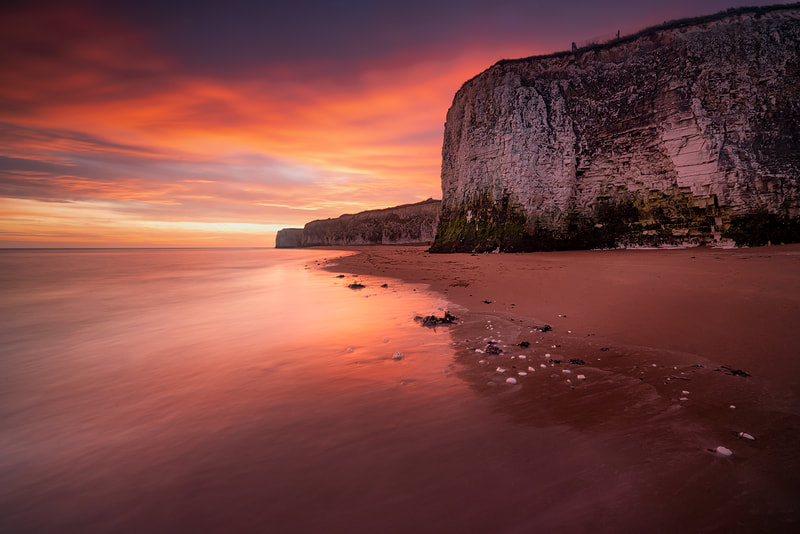






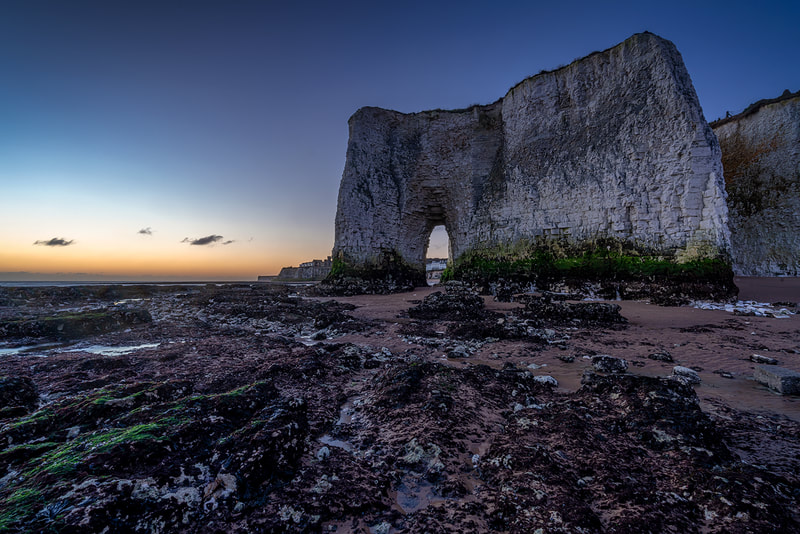











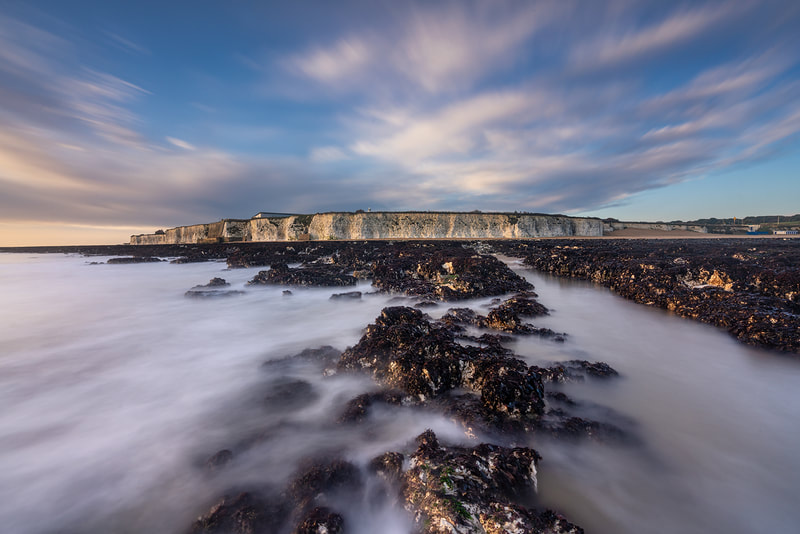







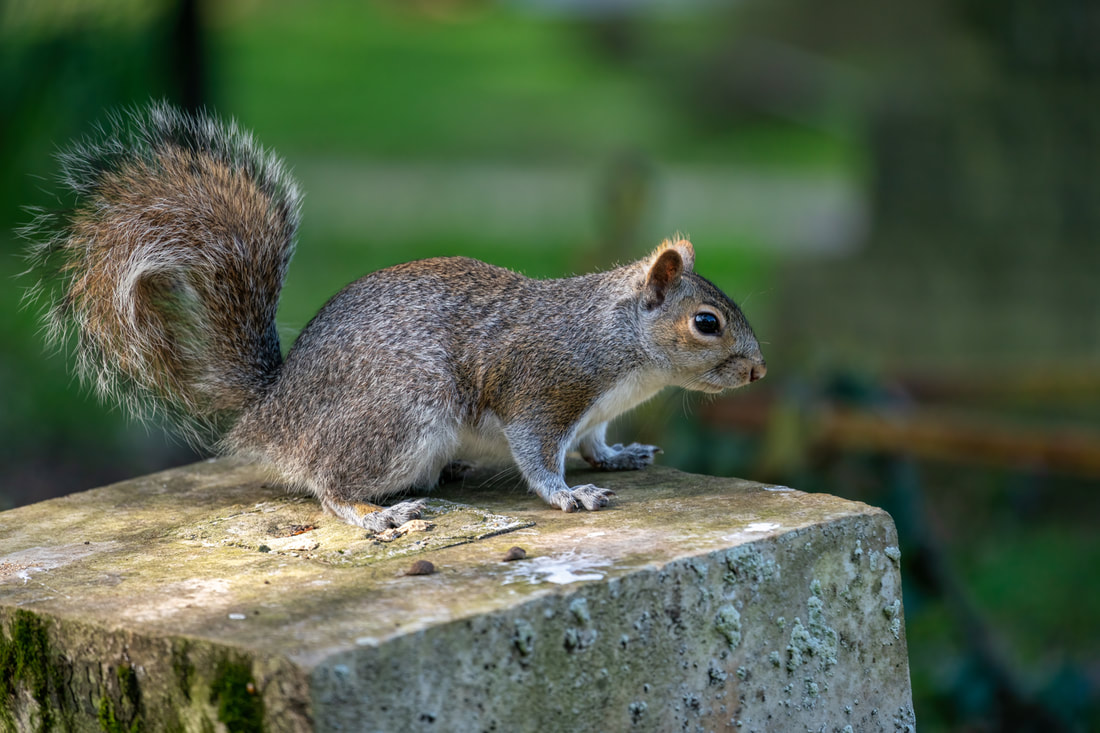


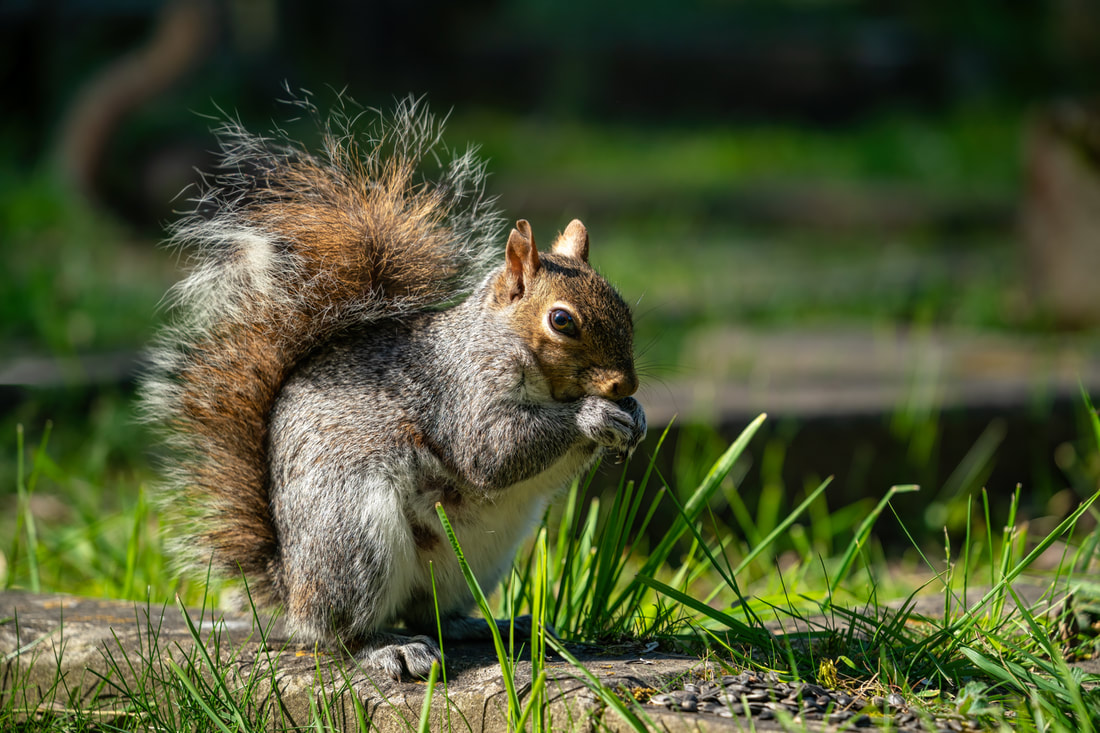







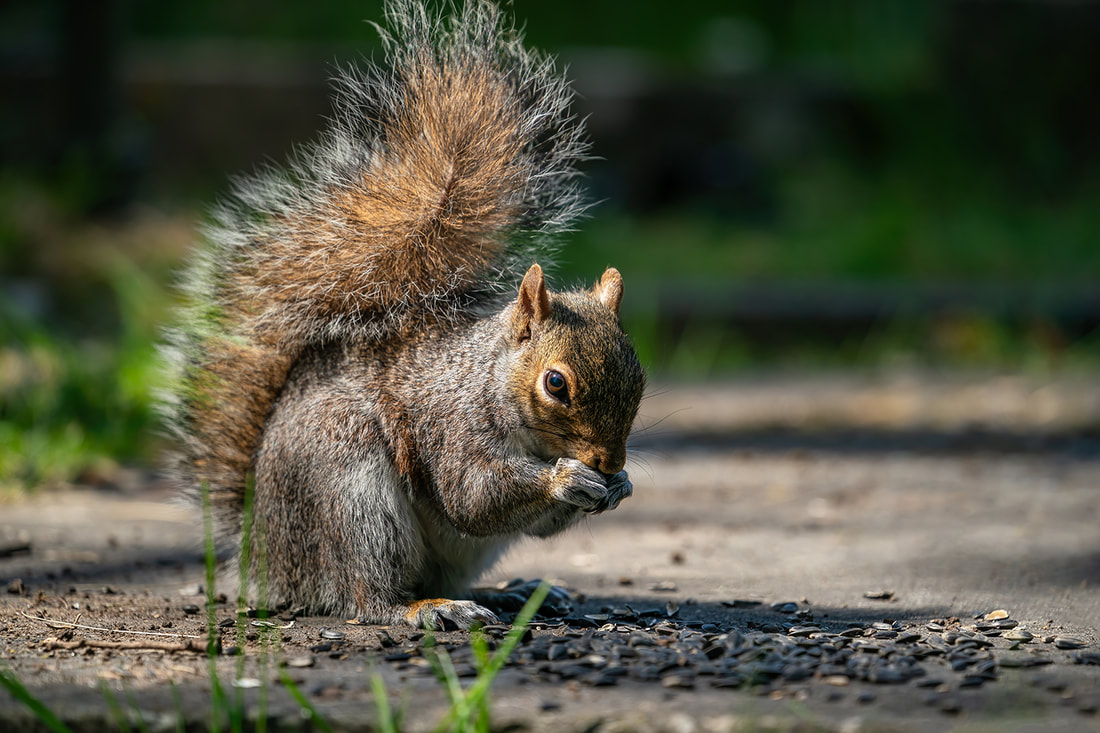












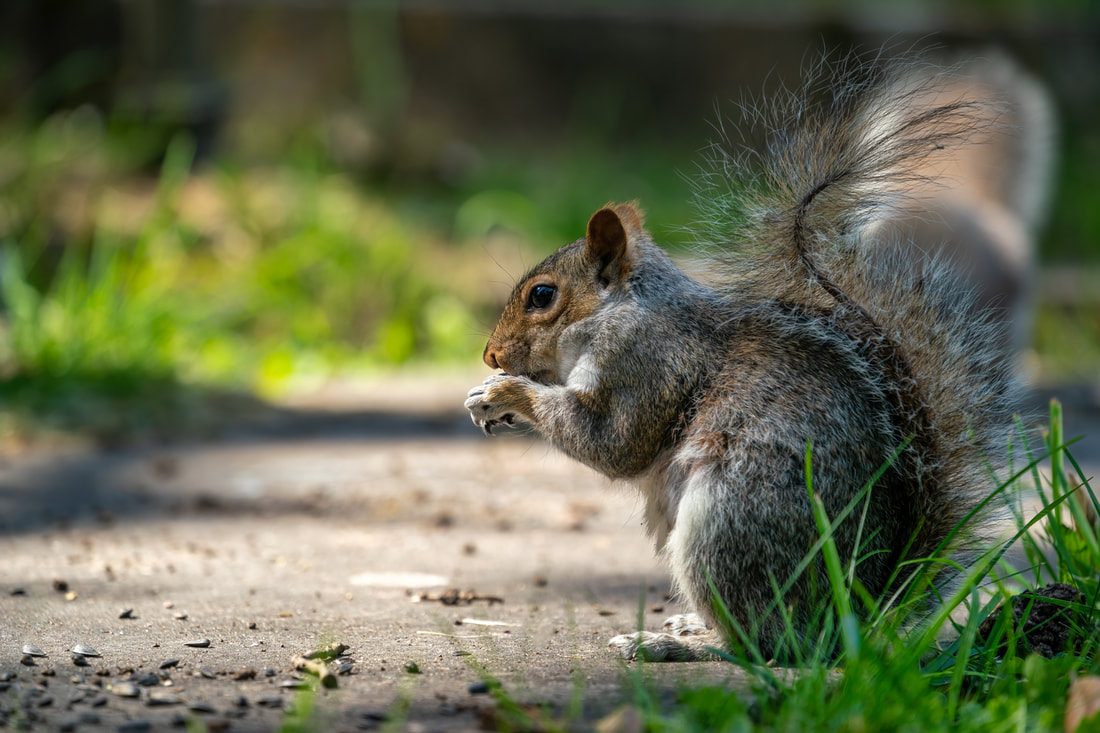

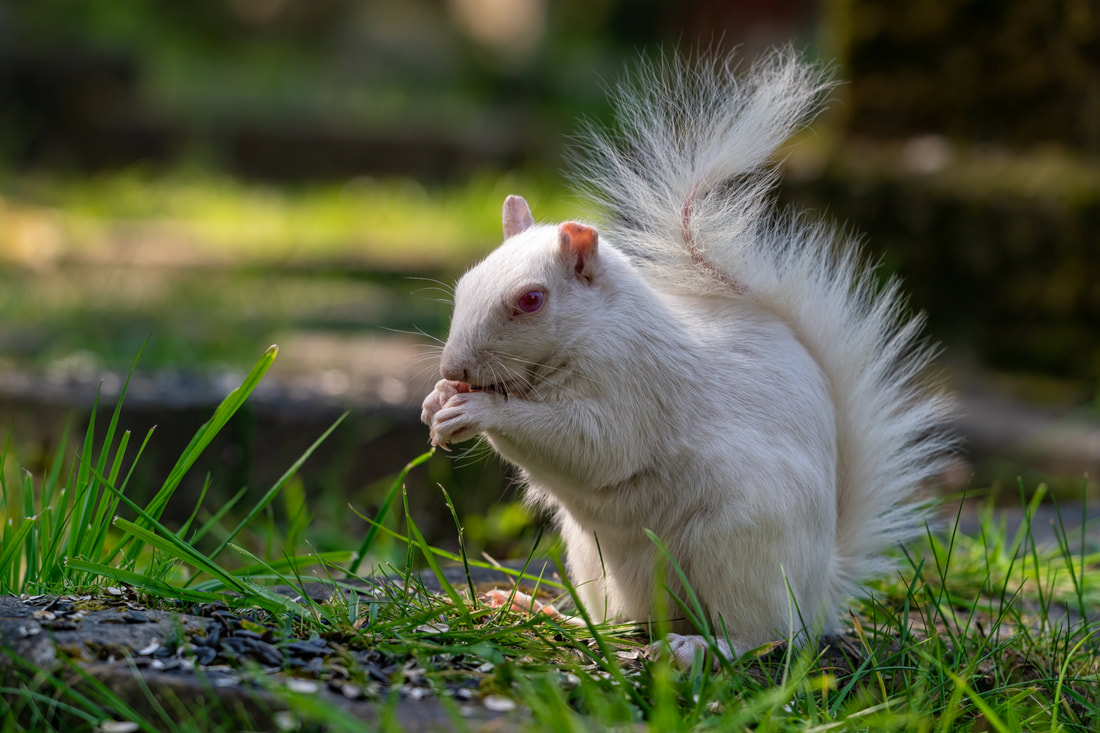
















 RSS Feed
RSS Feed
